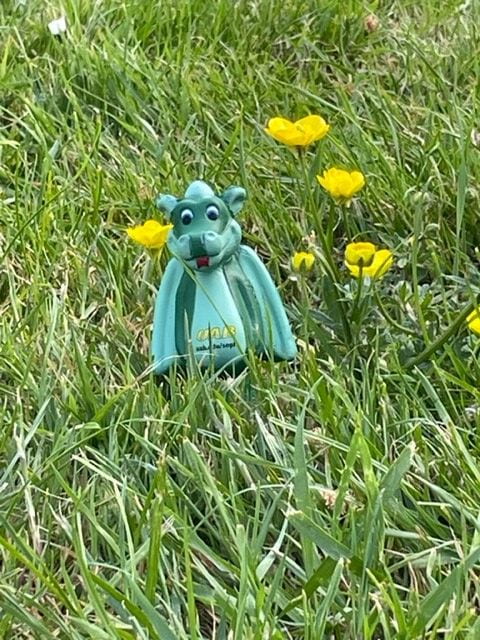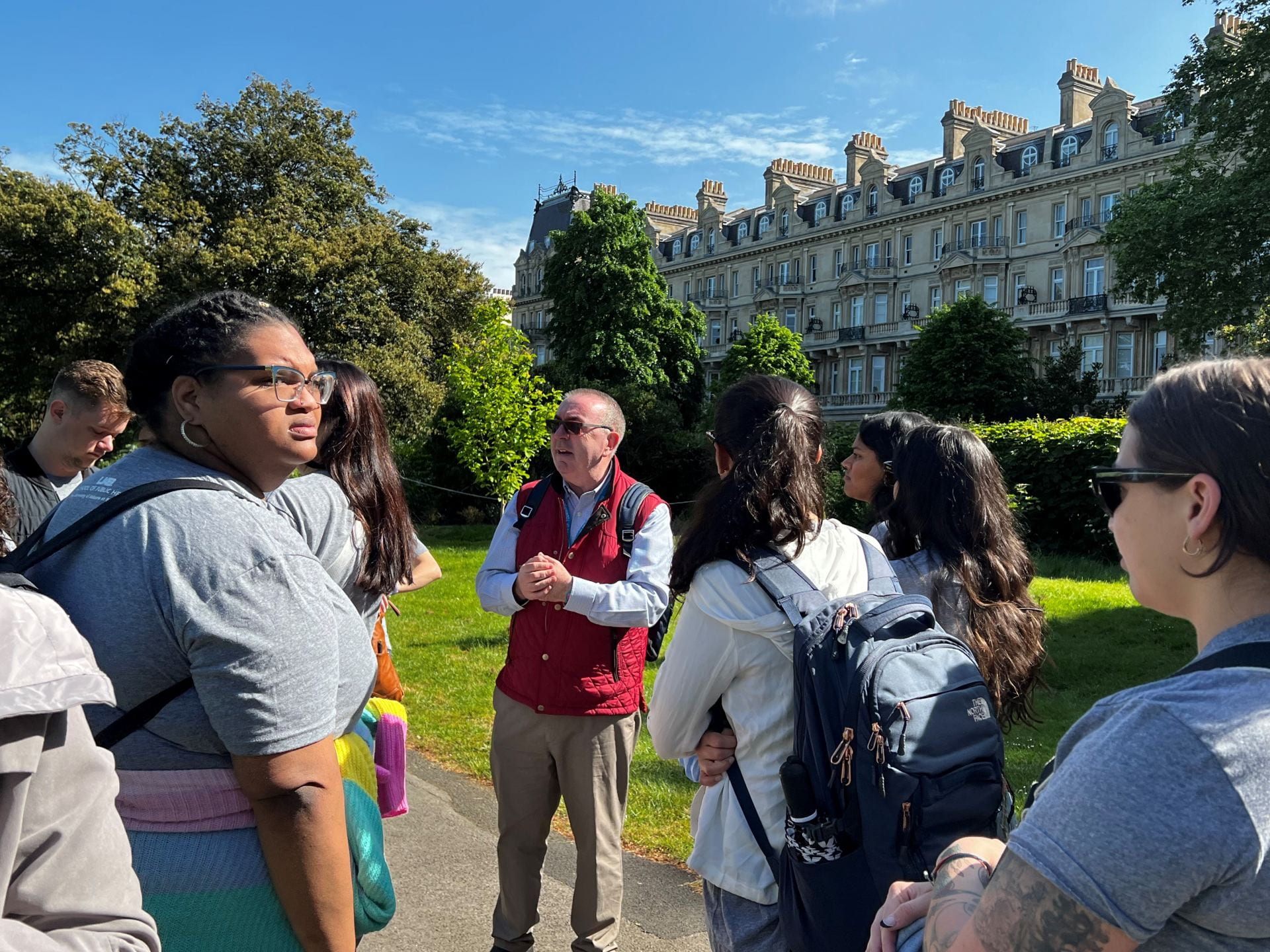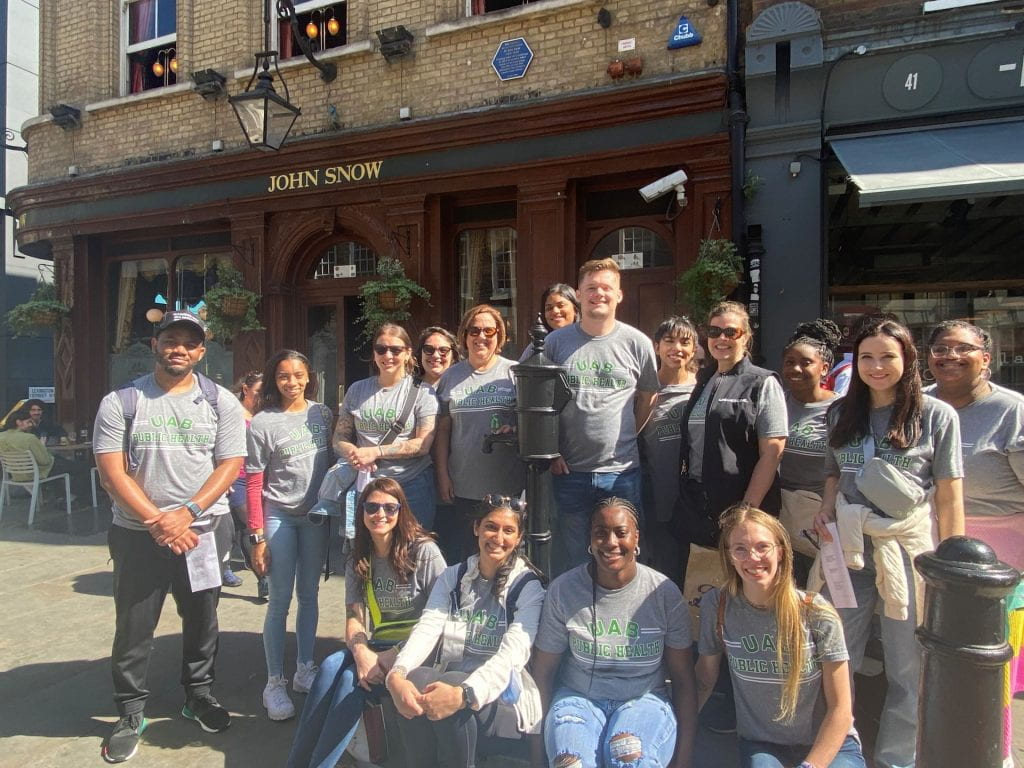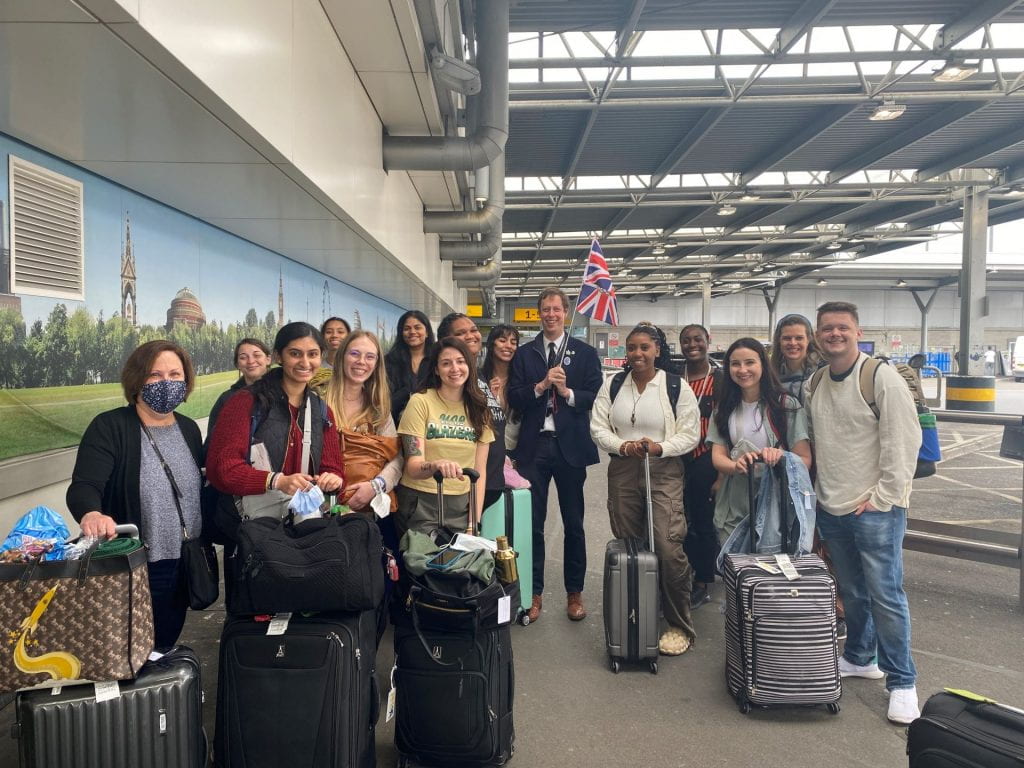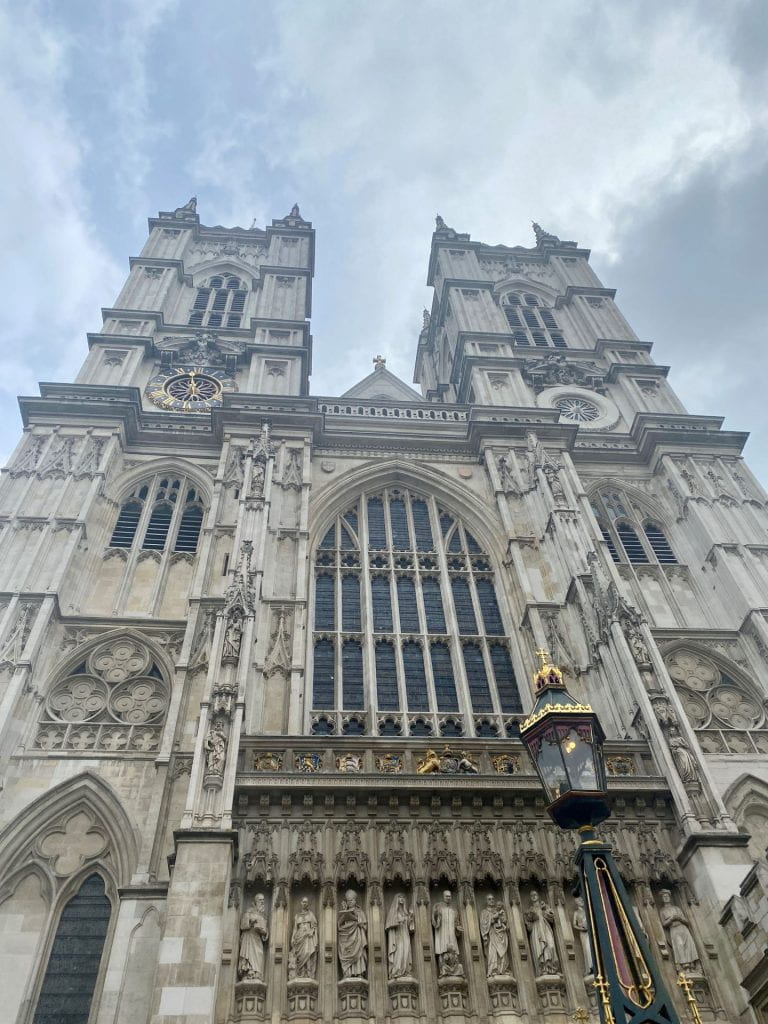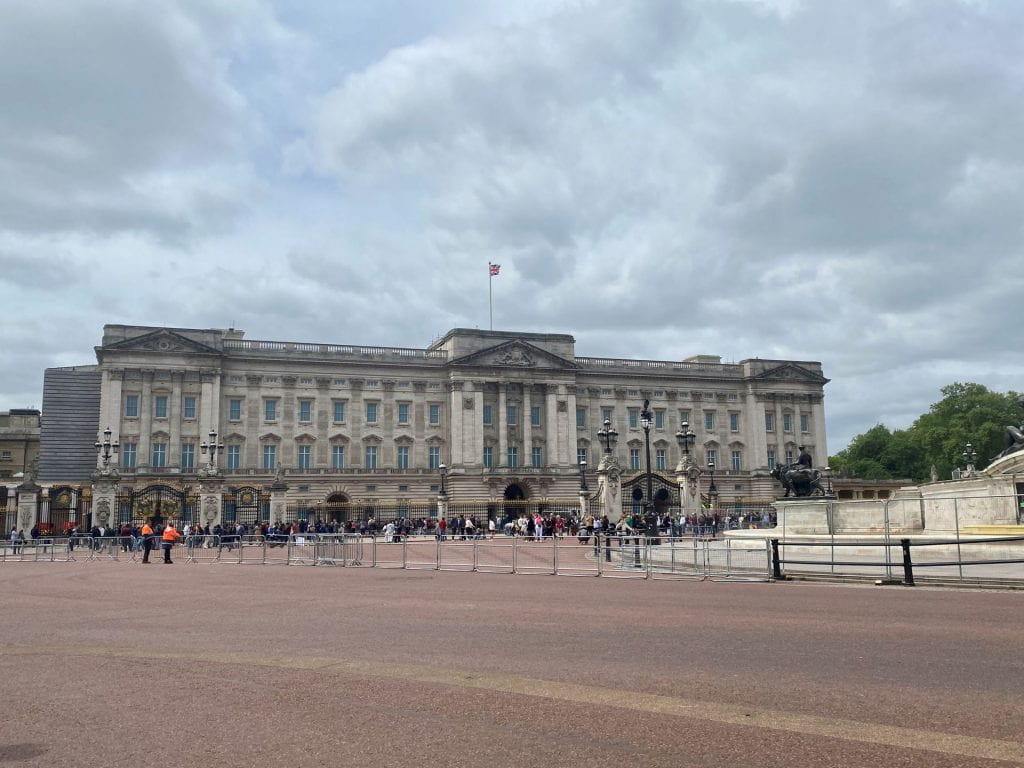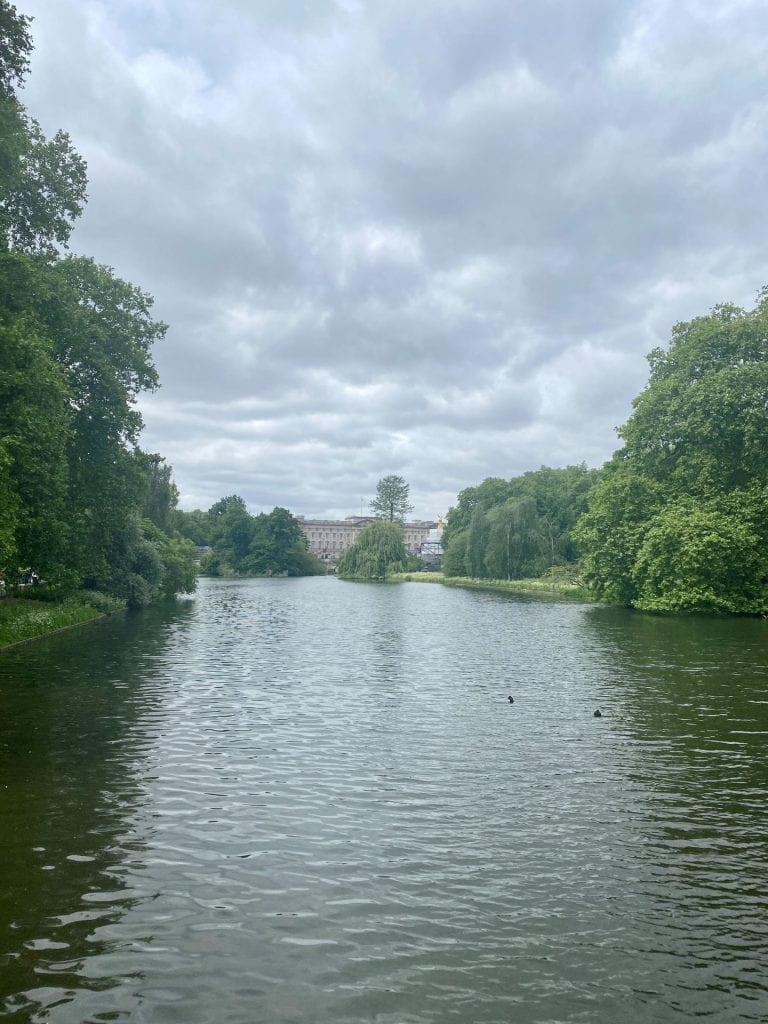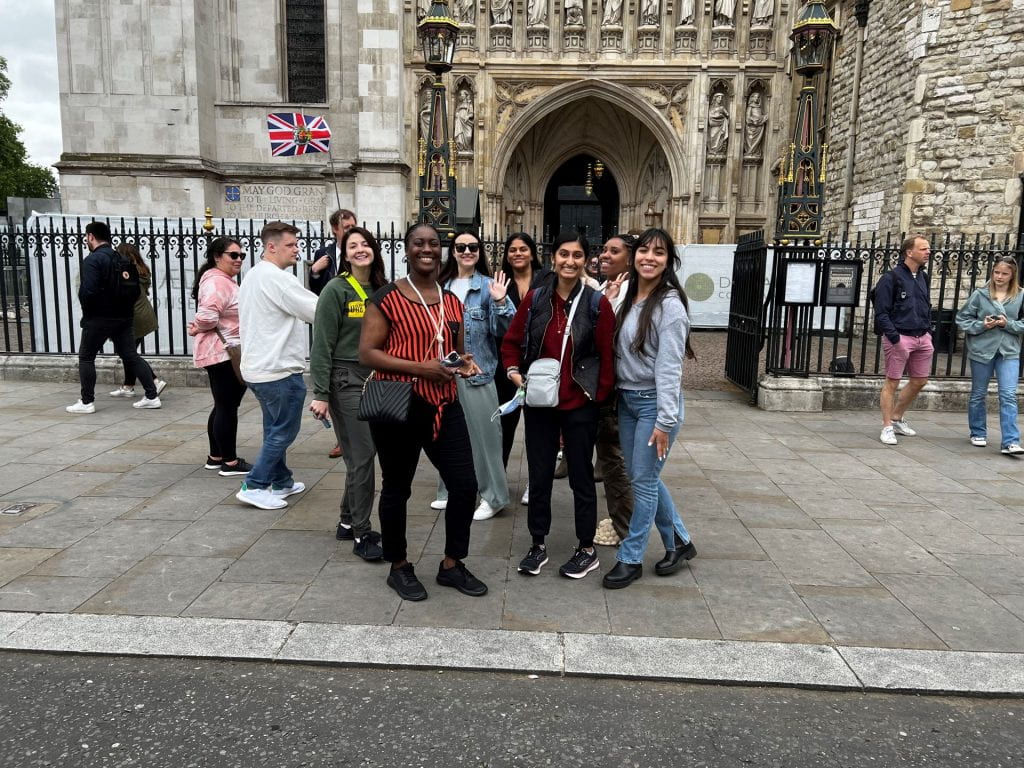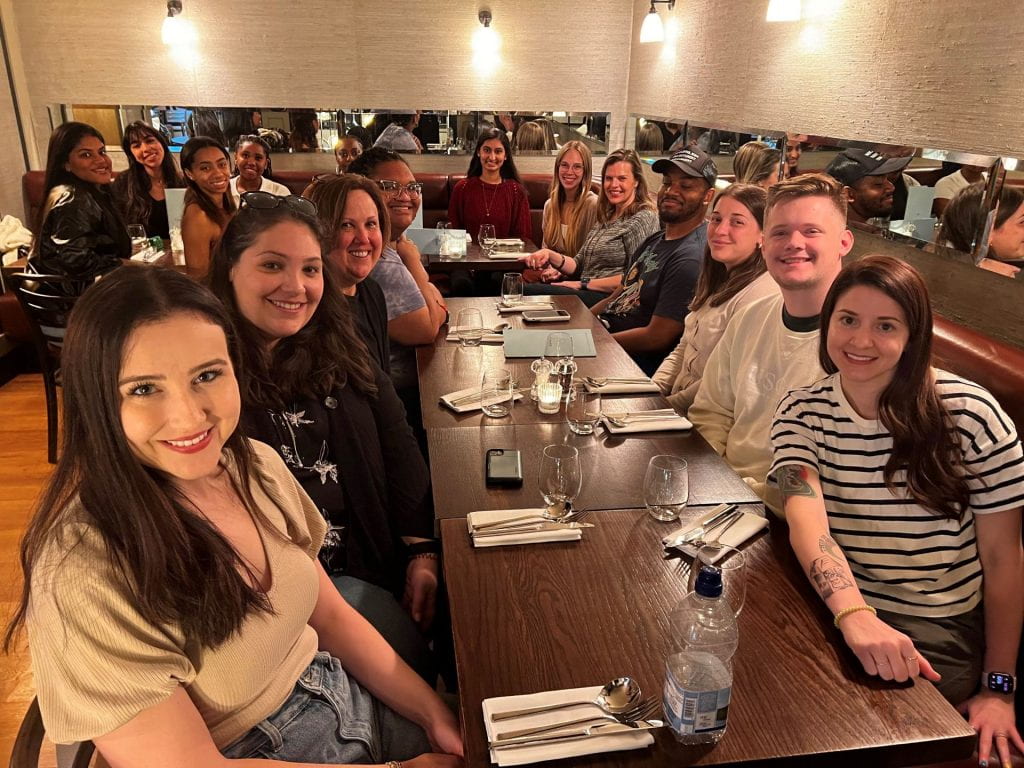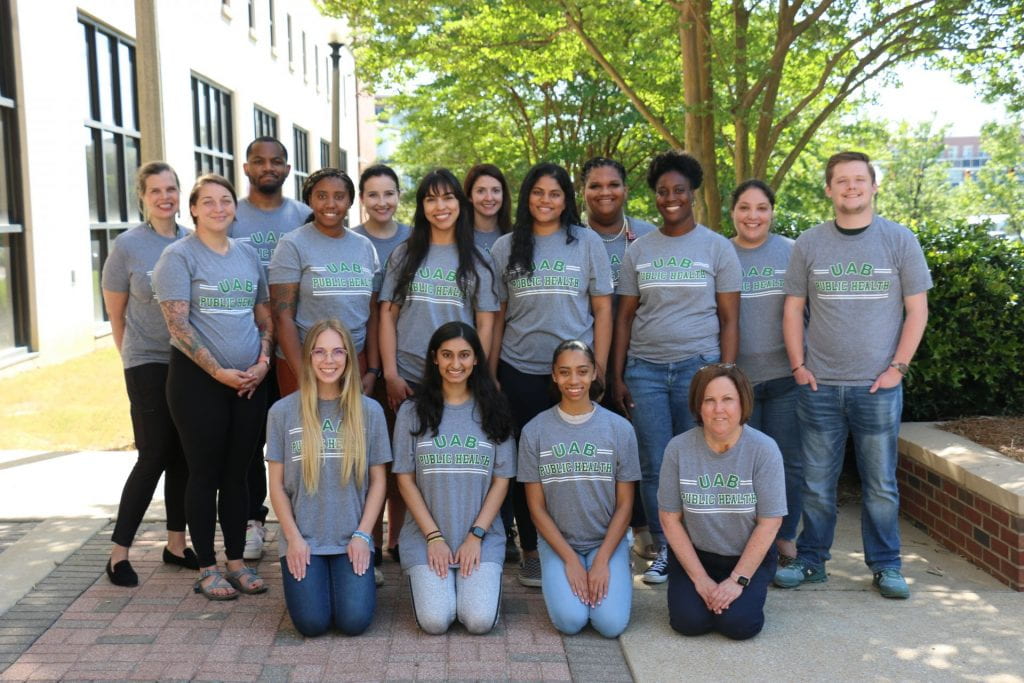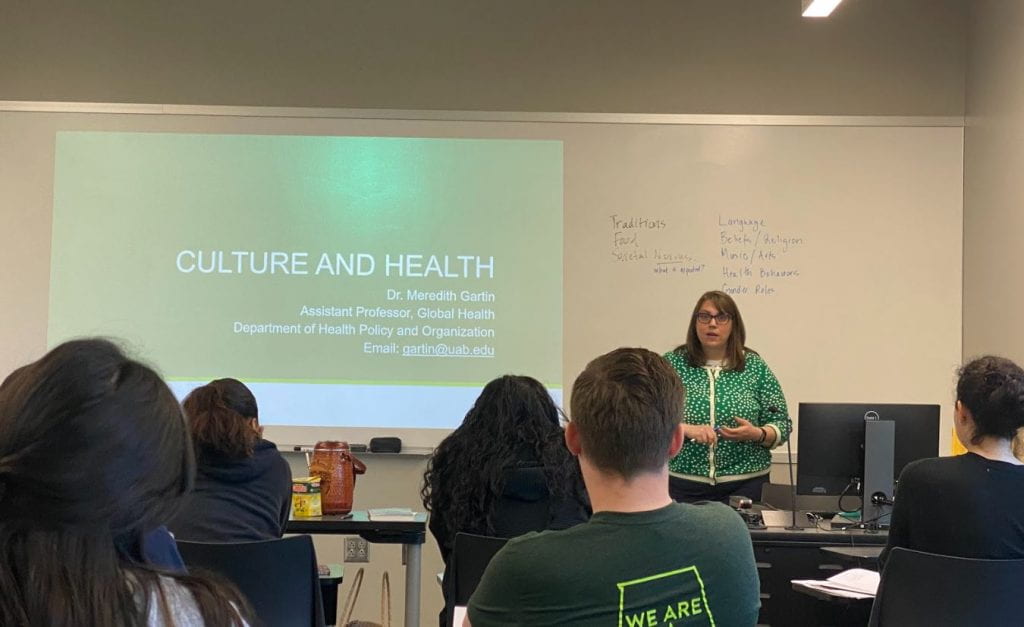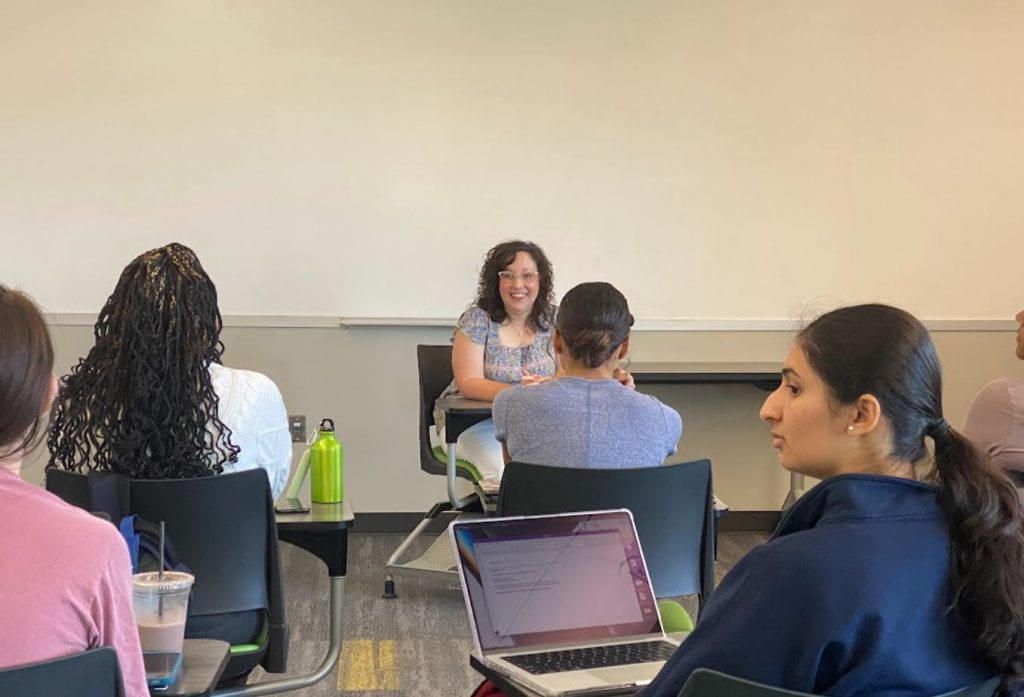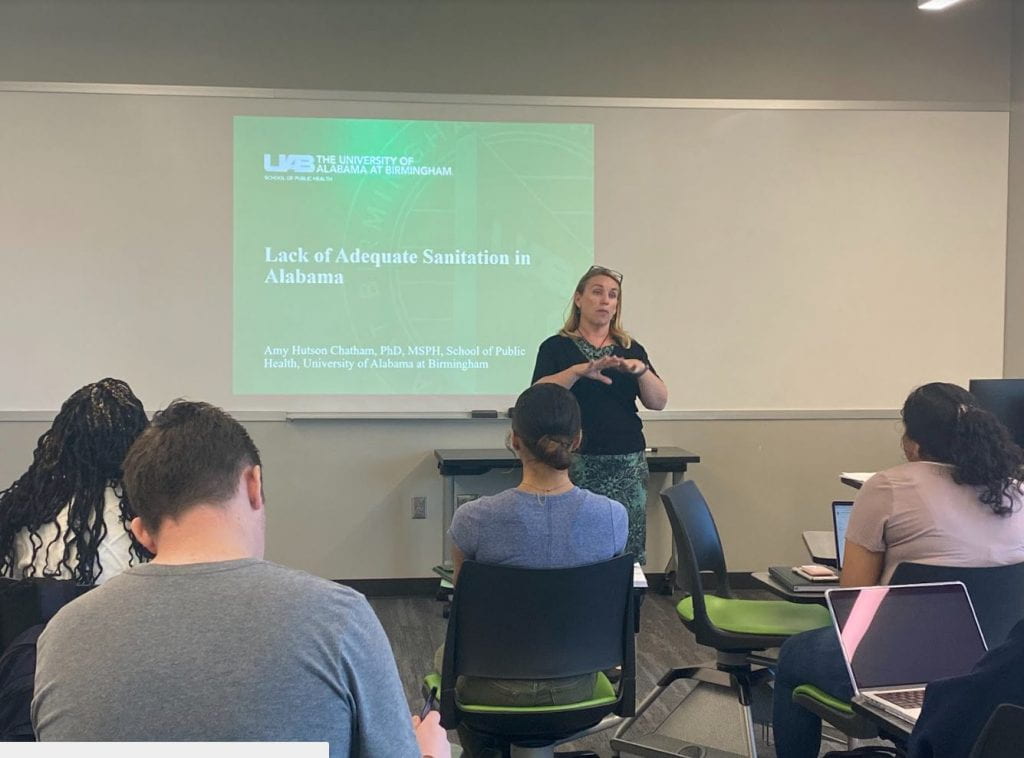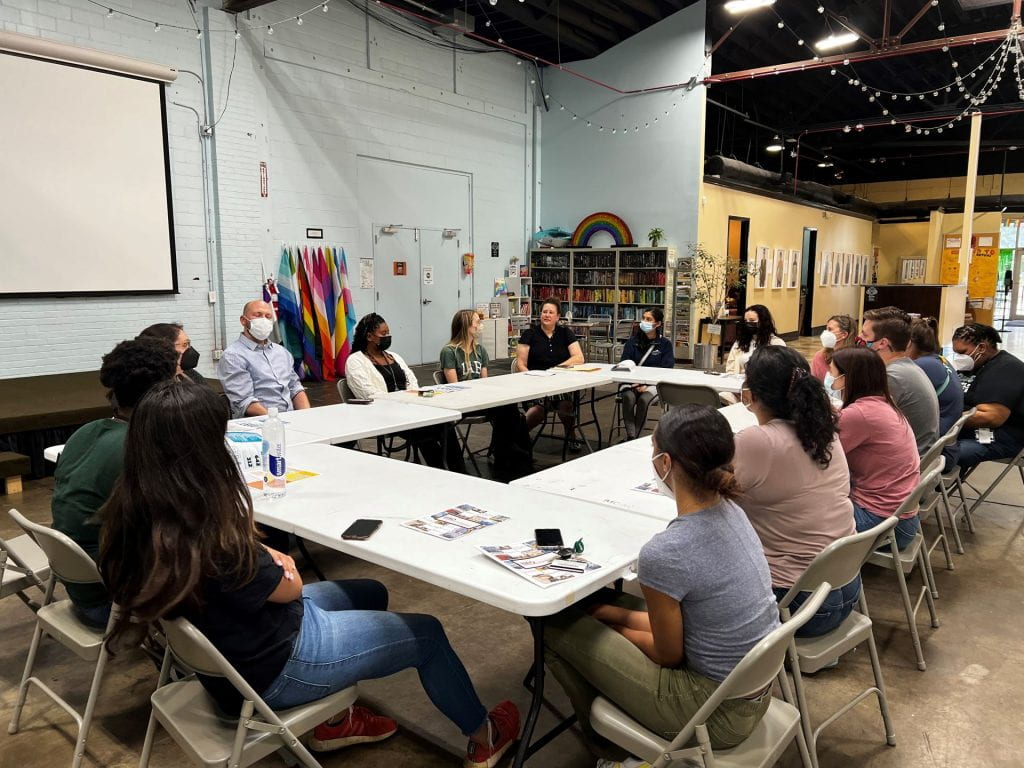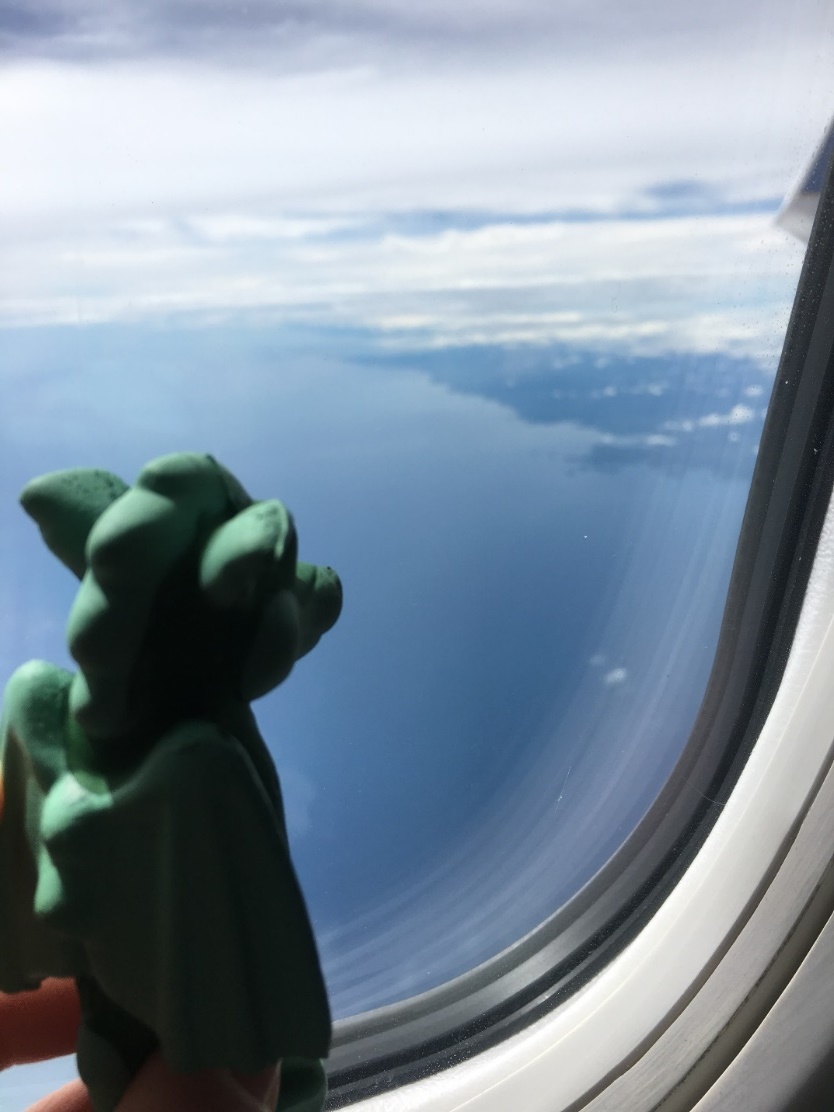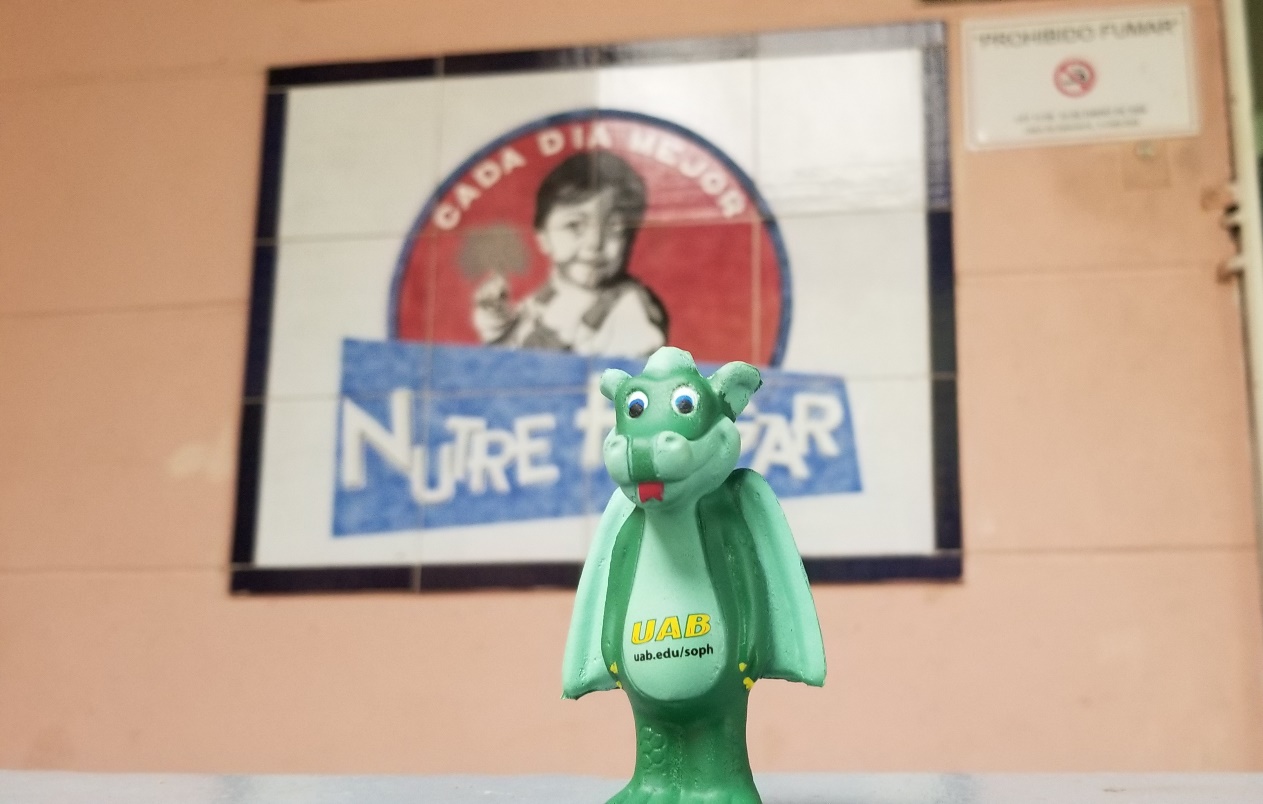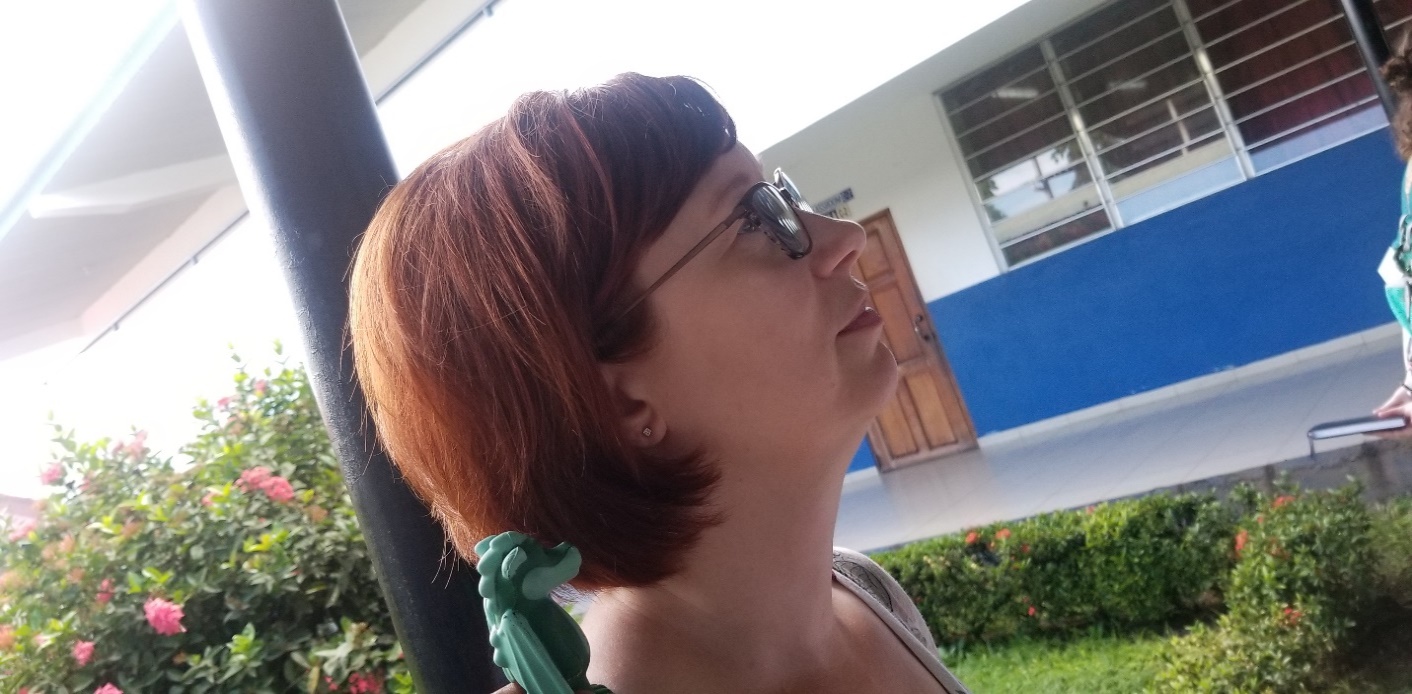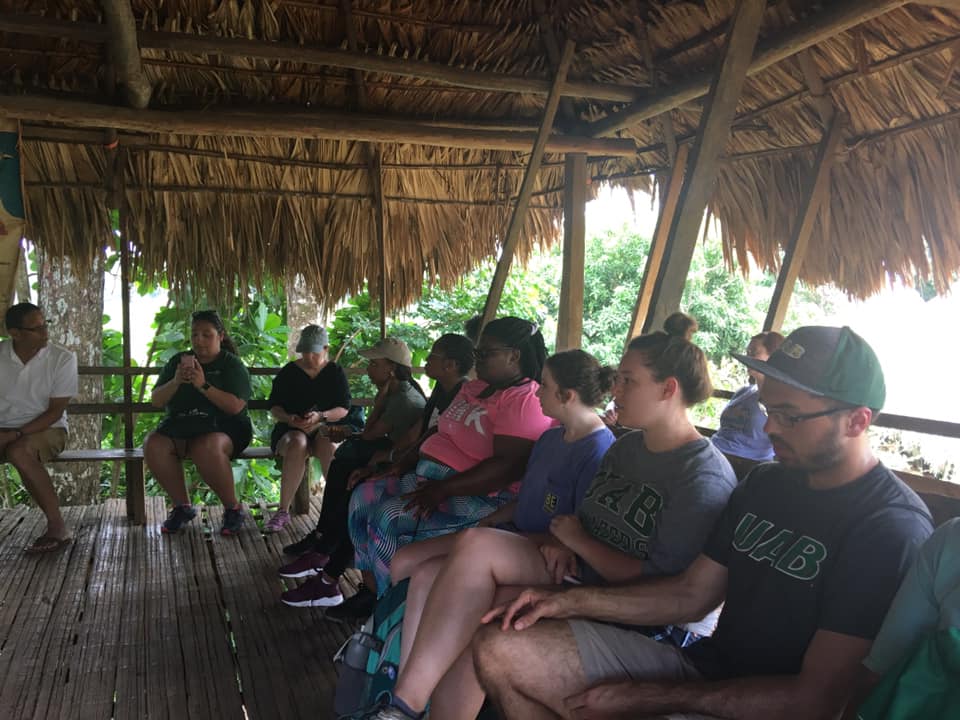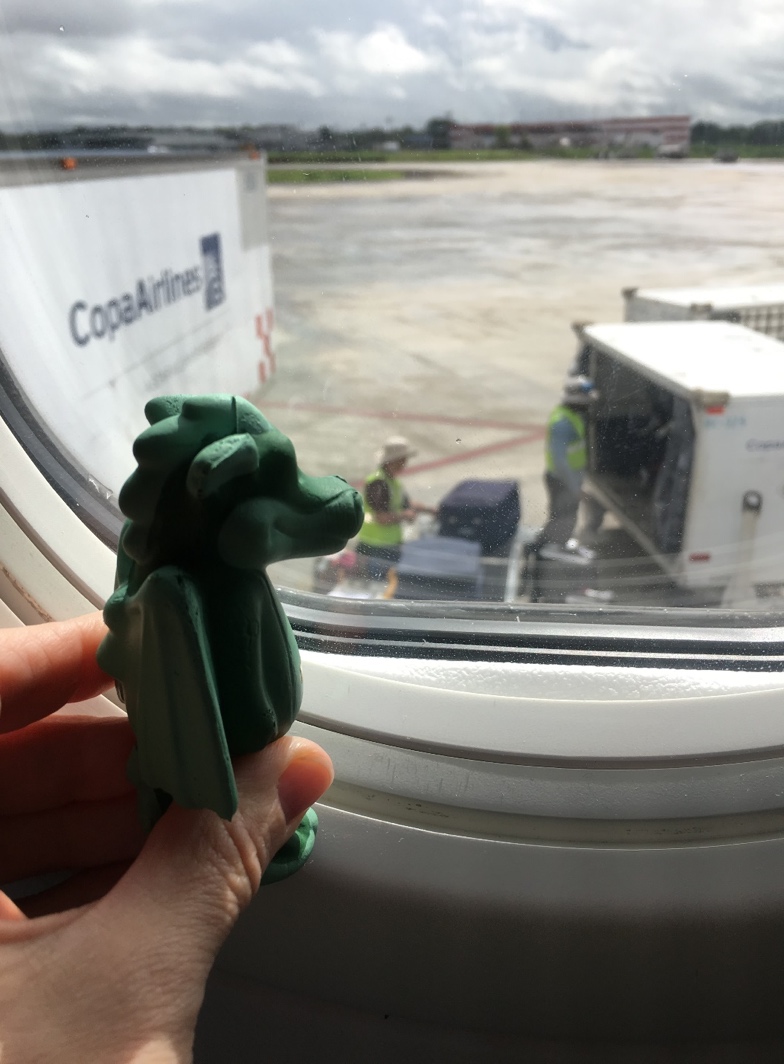Modern London, a sprawling city of over 9 million inhabitants, is the epicenter and shining jewel of the British Isles. As we walk down the bustling streets, one becomes acutely aware of their surroundings. Entering a park, we step aside for the joggers and are ever mindful of the bicyclist as they wiz around the curb. Children play and a yogi enjoys his practice. The city is alive, healthy, and happy. Down the cobblestone streets, we march noticing the inherent lack of refuse and debris. Pristine white buildings greet us, a testament to the architecture of the early and mid-19th century. What these walls could tell us, what history they hold.
What I have described to you is merely the first five minutes of our walking tour of London. Though busy it is a beautiful and clean city, however, its history is far from pristine. As we will learn from our tour guide, this great city has undergone many trials and tribulations to emerge as the triumph that we have described today. This history provides us a window into the past (and present) of this sprawling metropolis and hopefully gives us a vision of its future.
Our first guide, Charlie Forman sets the scene for us. It is the 1850s and London is a dark and dirty place. Having tripled its population over the last 50 years, it is a city that is most literally busting at the seams. The buildings on this block are painted grey to hide the smog and smut that stain their walls. Refuse and waste fill the streets and in the height of summer, the stench of human excrement is overwhelming. Thousands die yearly from disease, smog, and occupational hazards. Episodic cholera outbreaks paralyze the city and the medical theorist of the era struggled to make sense of it all. Then, this now refined city was on the brink of self-destruction. As our second tour guide of the day, Dr. Barry Walsh, Public Health England retiree and medical microbiologist, would go on to say, “The city was drowning in a sea of its own feces.” So what happened? How did this cesspool of grime become the city we see today?
The 1850s were really a turning point for London and the health of its dwellers. On August 31st, 1854, with one discarded dirty diaper, an epidemic is unleashed. Within days, 100’s will have died, and when all is said and done, over 600 will have lost their lives to the ravages of Cholera. However, out of this tragedy, a cornerstone of public health is born. John Snow a physician and soon-to-be founder of epidemiology bursts onto the scene determined to discover the cause of this ailment and spare future victims. Through vigorous data collection and epidemiological mapping, he is able to isolate the source of the ongoing infection, the Broad Street pump. Within its clear and crisp waters lay in wait a deadly bacterium, Vibrio cholerae. Removing the pump’s handle and stopping the epidemic in its tracks, John Snow revolutionized public health practice that day, although it would take many decades before his true brilliance was realized. Dying somewhat unrecognized four years later, Dr. Snow would never see the significance and wide-reaching impact of his groundbreaking work. (For more information on John Snow and the Cholera outbreak of 1854 read Ghost Map by Steven Johnson. We did!)
A mere four years after John Snow removes the pump handle another crisis will hit the city. Cue the summer of 1858, also known as the “big stink”. Thousands of pounds of raw sewage flow into the Thames daily. Baking in the sun, a smell of epic proportions reaches the noses of London’s elite as Parliament is shut down due to the overwhelming stench. A city in uproar, change has to happen. Enter a bright young engineer Sir Joseph Bazalgette. Designing a complex network of undergrown sewers (and with much support from Parliament), for the first time in London’s history waste is successfully transported away from the Thames and the drinking water of the London populous. While imperfect, this system dramatically reduced water-borne illness and death and paved the way for many future public health initiatives to come.
Fast forward 170 years or so and we are back on the modern streets of London. It is now 2022 and Queen Elizabeth II is soon to celebrate her platinum jubilee, the first of its kind in British history. Universal healthcare is in place and London occupants now have access to clean water, parks, and all manner of recreational activities. The streets are now much safer and smog is a memory of the past. So where do we go from here?
Public health as a profession is very much a retrospective and prospective art. Often the sins of the past are doomed to be repeated if they are not acknowledged and recognized. Where infections and daily hazards once killed, chronic diseases such as heart disease, diabetes, and cancer have arisen to take their place. Public health still has an important role to play in the prevention and management of this new era of illness. Just as in the mid-19th century, we now must show ingenuity and curiosity if we are to prevail. Just as John Snow and Sir Joseph Bazalgette sought to improve the population’s health so must we as public health providers and students through utilizing all the tools of the past and creating innovations for the future. History shows us that the work of public health is never done, it is just beginning.
We learned so much today on our first walking tour of London! After, we headed to South Bank for a boat tour on the River Thames and a spin around the London Eye. Both of these experiences gave us the opportunity to think more about 1850’s London and what it must have been like for people living at that time. Stay tuned for the next UAB SOPH blog post where we will be heading to Bloomsbury to explore the British Museum. Also, if you are not already, make sure you are following us on the SOPH’s Instagram where we are taking over and posting throughout our travels.
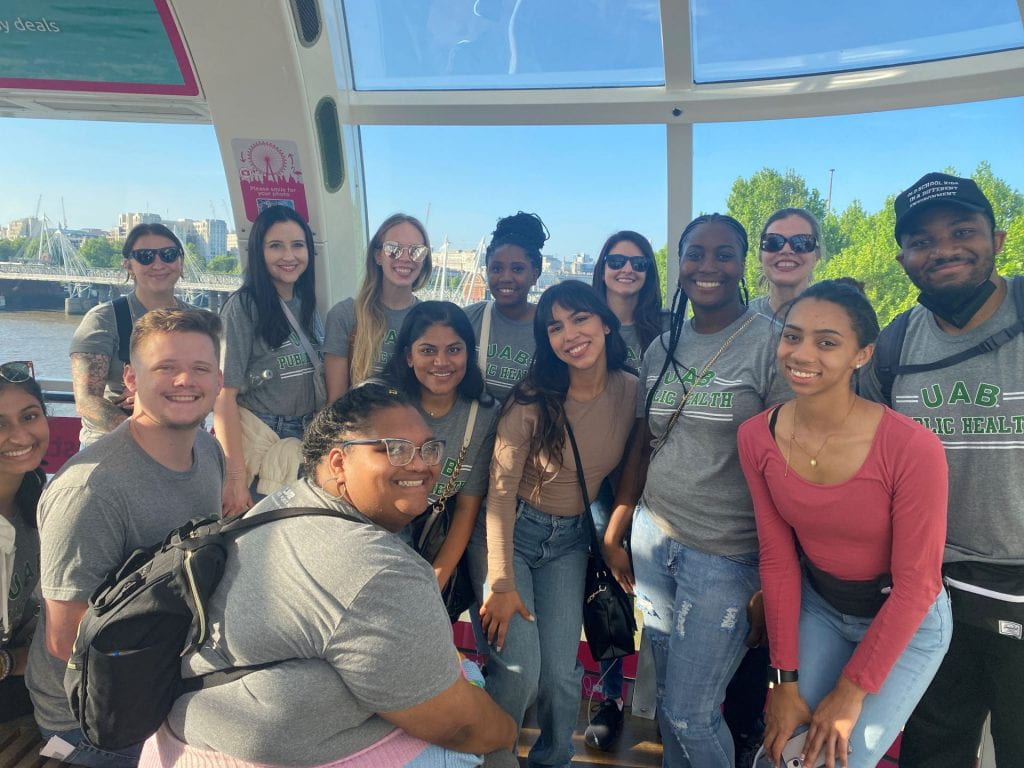
Peace, Love, & Go Blazers
Jane Vines, Jonathan Baker, Jamia Haynes & Cassidy Stoddart
